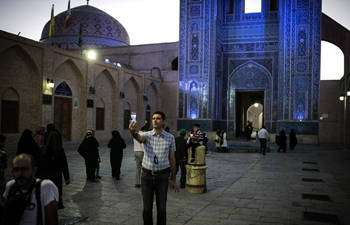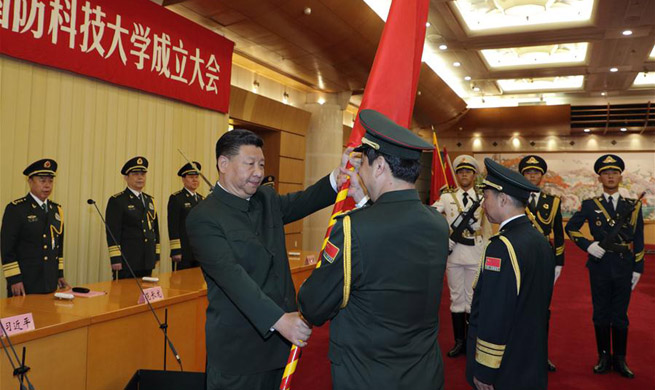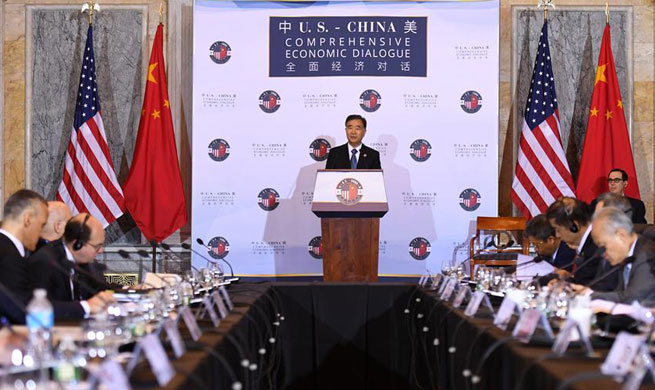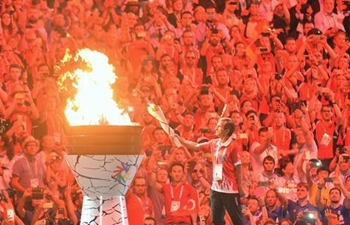LONDON, July 20 (Xinhua) -- British forensic language experts revealed Thursday that one of the most famous letters to emerge during the American civil war had almost certainly not been written by Abraham Lincoln but his secretary John Hay.
The University of Manchester said the Lincoln mystery had been solved using a technique which unmasked J.K. Rowling, who penned the Harry Potter stories.
In November 1864, Lydia Bixby received a letter supposedly written by President Lincoln, telling her that her sons had been killed fighting in the Civil War. However, the letter, which subsequently became famous as one of the best letters written in the history of the English language, also became contentious.
Historians wondered whether it was in fact written instead by Hay, but with both men long dead and the original missing for more than 150 years, there seemed little hope of settling the question with any certainty.
The team of forensic linguistics experts believe they have finally solved the longstanding mystery, using a method similar to the one which discovered that Robert Galbraith, the author of detective story "The Cuckoo's Calling" was in fact an alias for Harry Potter writer J.K. Rowling.
In a paper submitted to the journal Digital Scholarship in the Humanities, the researchers, including University of Manchester's Dr. Andrea Nini, say that a technique they developed leads them to believe that the letter was "almost certainly" written by Hay.
A spokesman at the University of Manchester explained: "N-gram tracing, which involves a computer looking for sequences of linguistic forms, is able to accurately analyse even very short pieces of writing in order to distinguish between different authors."
The method was used by the researchers at Aston University's Center for Forensic Linguistics (in Birmingham) to test 500 texts by Hay and 500 by Lincoln, before being used to analyse the Bixby letter, said the spokesman.
"Nearly 90 percent of the time, the method identified Hay as the author of the letter, with the analysis being inconclusive in the rest of the cases."
Historical cases of disputed authorship often involve very long texts, and there are several well-tested techniques that can be employed to solve these problems, said Dr. Nini.
"Because of its shortness, the Bixby letter presented many challenges, and we had to devise a completely new method to analyse it. We believe that this new method can now be also successfully applied to other cases, especially present-day forensic cases involving short threatening or malicious texts," she said.
Nini has now turned her forensic attention in the hope of solving another mystery -- to analyse letters supposedly written by one of Britain's most notorious lady-killers, Jack the Ripper.

















